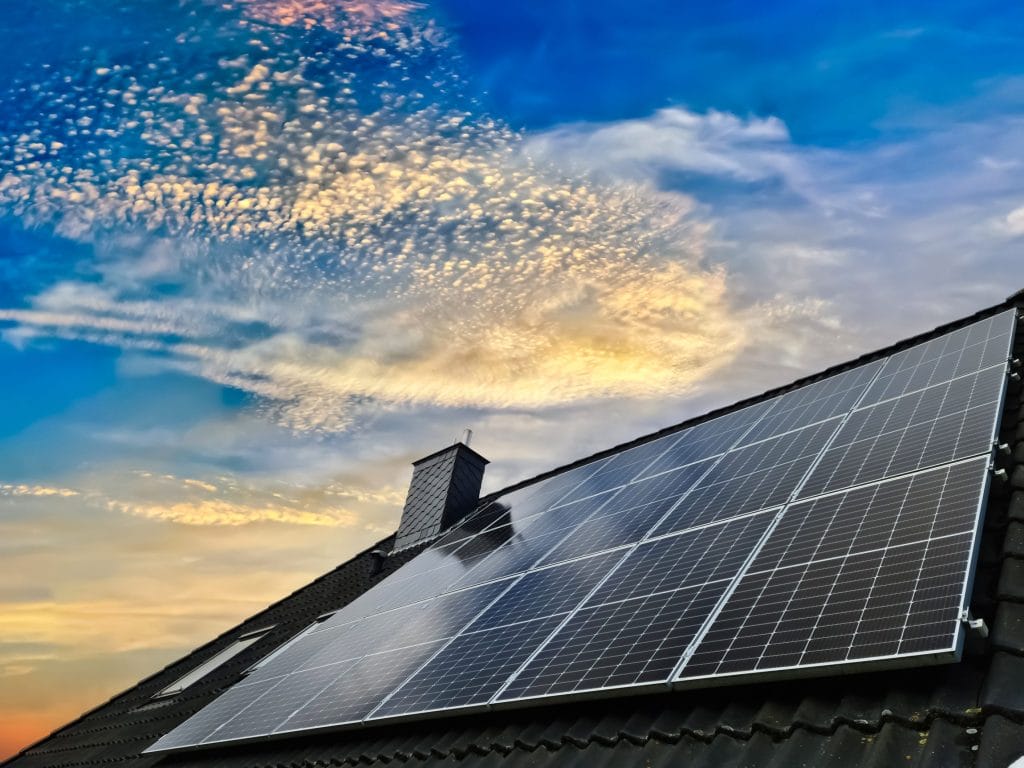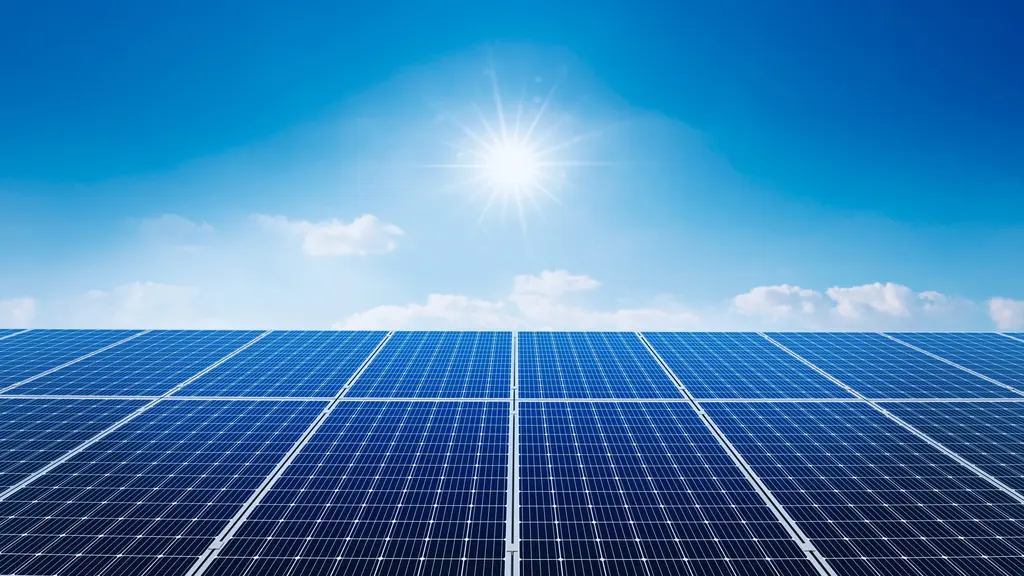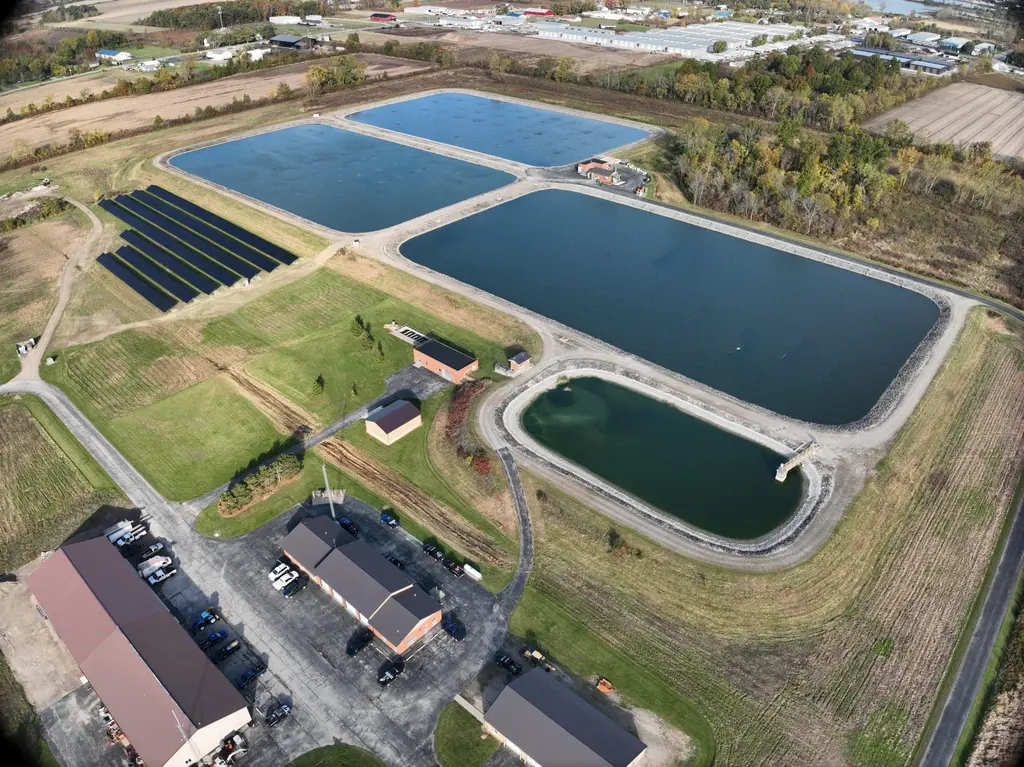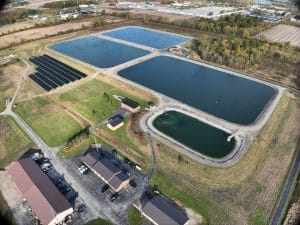Twenty years ago, when people first found out we installed solar in Ohio, they said: “you must have guts!”
At that time, quite a few things were different. Prices were much higher, the technology wasn’t as advanced, and the number of Ohioans willing to invest was simply less than it is today.
These days in Ohio, we see solar booming across the state- from municipal solar going up on government buildings in Cuyahoga County to libraries in rural Ohio to food pantries in Central Ohio and residential solar sprinkled in neighborhoods across the state.
The market is bustling, and we’re so glad to see clean energy becoming commonplace in Ohio.
Each state has different rules, regulations, incentives, and markets for solar energy. So, if you’re considering solar and doing research online: make sure what you’re reading is Ohio-specific.
If you’re starting your research and wondering what you need to know when considering solar in Ohio, we’ve covered the essential bases in this article.
1. Net-Metering rules in Ohio
Your utility company is required to compensate you for the extra energy you produce in Ohio.
The policy that requires compensation for excess solar generation is called net-metering. Net-metering increases the economic benefit of solar power by crediting you for the extra power your solar energy system produces.
So, when you crank out 200% of what you use during sunny July, you bank credits that you’ll use to purchase utility power during the months where you don’t produce 100% of what you use.
The amount of energy you produce and use will vary over the course of the year. Net metering helps you account for this difference by crediting you for the excess electricity your panels produce so you can use it later.
2. Net Excess Generation
Ohio’s energy market is de-regulated.
So, the rate you’re credited for the power you return to the grid varies between different utility providers. Electric companies credit you at a net excess generation rate. The State of Ohio’s net metering policy does not require utilities to credit energy you produce at the full retail rate.
Additionally, using credits for fixed charges on your bill (distribution charges, other fees) varies between electric suppliers.
An experienced solar installer will help you understand your utility’s net excess generation rate is and how your utility handles fixed charges.
3. Understanding the Advertisements
We’ve seen a lot of wonky advertising over the years. And it’s getting weirder- maybe you’ve noticed. You’re not alone; we’ve scratched our heads about those ads on Facebook, too.
Some claim that you’ll get cash back when you go solar. The truth is: there is no “special program” or event a government-issued solar stimulus program. To receive money back when you purchase your system, you’re simply borrowing more money than your solar system costs and getting some of it back.
Some solar companies misleadingly use the word “free” in their ads. Actually, what they’re referring to is a zero money down, long-term, low-interest loan. Often, they offer what appears to be a very low interest rate, but they secretly add 15 – 25% to the cost of the system to buy down the rate from their loan partner.
4. Solar in the Wintertime
Can my solar panels produce energy if they are covered in snow? No, a solid covering of snow all but shuts off production. The good news is that overall production loss from the snow is minimal when looking at performance on an annual basis. Losing a day of production in January is a fraction of a day in July.
Unless covered in snow, solar panels are more efficient in cold conditions. Like most electronics, solar panels function better at colder temperatures than under intense heat.
Here at Third Sun Solar, our team takes winter’s shorter days, snowfall, and the orientation of sunlight into account when estimating the output of your system.
5. Rural Cooperatives
If your utility supplier in Ohio is a rural cooperative: pay attention to this.
Because rural co-ops are member-owned and not required to follow regulations set out by the Public Utilities Commission of Ohio (PUCO), they can set their own net metering rules.
Rural electric co-ops in Ohio are not required to offer net metering like investor-owned utility companies are. Most of them do, however, not all.
Because there isn’t one standard for the 24 rural electric co-ops, solar installers need to be familiar with the local rules, rates, and regulations.
And if you know that your rural co-op has policies that disincentivize solar production – become an advocate! If you’re part of a co-op- use your vote, attend public meetings, and make your voice heard! Here is one example of our customers who had to advocate at the local level to get solar.
6. Ohio State and Local Incentives
The truth is, there aren’t any local or state incentives for solar in Ohio. That’s the way it’s been for a while now.
Recent legislation has aimed at making solar even more inaccessible. While this legislation didn’t affect the economics for residential solar, it’s an indication of the priorities of our state government.
Until 2023, the Federal Tax Credit for solar remains available to homeowners and stands as the most considerable cost savings. We hope – but we aren’t sure if there will be state or federal incentives on the horizon after that.
Otherwise known as the solar investment tax credit, federal investment tax credit, or ITC for short, this tax credit gives the solar system owner the ability to deduct 26% of the system cost from taxes owed.
For a long time, the tax credit allowed you to recoup 30% of solar system costs.
The step-down schedule began in 2020 when the tax credit dropped from 30% to 26%. The stepdown was paused for two years when the federal government signed the 2020 Covid relief bill. So, homeowners have until the end of 2022 to claim the 26% tax credit benefit. In 2023 the tax credit will drop to 22%, then down to 0% for homeowners in 2024 (a 10% tax credit will remain in place for commercial solar projects).
7. Solar Energy Storage
There are a few different reasons choose to install battery backup with their solar energy systems.
Number one: We’ve seen utility rates escalate at about 3% per year for the past ten years. We know rates will increase as the grid faces necessary upgrades, and many utilities consider a time-of-use rate structure, where electricity will cost more during peak demand hours.
Solar energy storage allows you to consume more of the solar energy you generate, maximizing your solar investment, increasing independence, and lowering your carbon footprint.
Number two: power during an outage. In some places in Ohio, blackouts are common. We see an uptick in interest in solar battery backup anytime a significant weather event disrupts the grid and causes blackout. Solar batteries assure you have power in the event of a grid outage.










